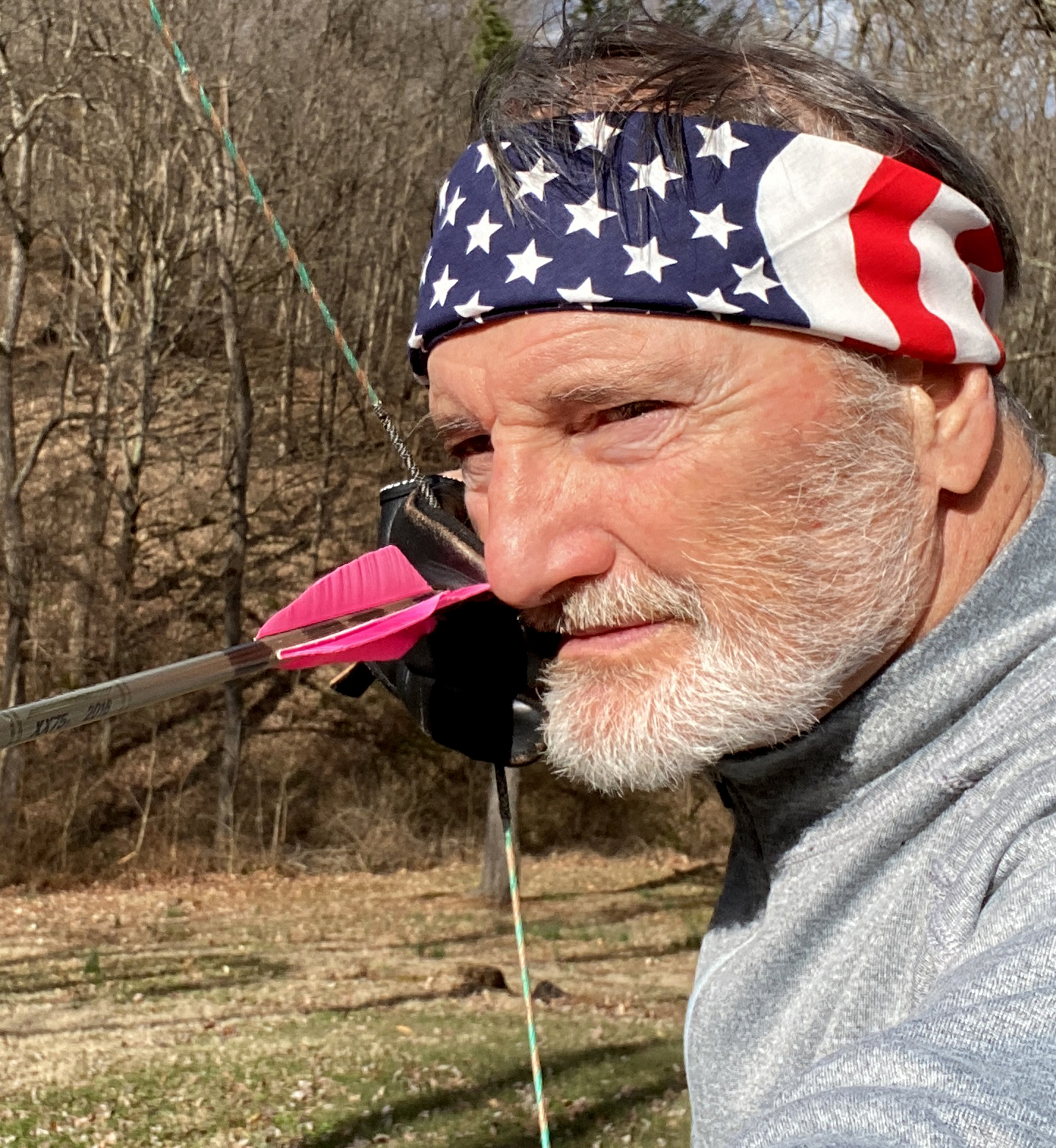
Nowhere in bass fishing is realism more important than with the Damiki rig. Canadian Elite Series pro Jeff Gustafson agrees. He has been fishing a Damiki rig, which he calls moping, for nearly 15 years.
The essence of this presentation is to hang a Damiki bait vertically a few feet above the bass and to hold it dead still. The bass swims up to the bait and takes as much time as it wishes to closely inspect it. If the lure doesn’t pass muster, the bass rejects it. But if the bait looks like the real deal, the bass engulfs it.
Plain lead jigs and even jigs painted in a single color lack the realism needed to dupe bass consistently. Gustafson dotes on two highly detailed, lifelike jigheads that sport multicolor paint jobs and prominent eyes. Since the eyes are the most obvious feature on any minnow or baitfish, it is possible that the realistic eyes on these jigs may be the final inducement that convinces a bass to bite.
Northland’s Slurp Jig Head in 1/4- and 3/8-ounce sizes has long been his mainstay for Damiki rigging. It comes in patterns that mimic a variety of baitfish and has two wire keepers on the hook’s shank to hold soft plastic baits firmly in place. The hook’s line eye protrudes out the top of the jig’s head, thanks to a 90-degree bend.
“You need a 90-degree hook eye so the bait hangs vertically,” he said. “Most swimbait jigheads have a 60-degree eye for swimming retrieves. They don’t work for this technique.
The Smeltinator Jig from Bass Tactics, which boasts a 90-degree hook and realistic 3D eyes, is another player for Gustafson. He matches both jigs with the 3.75-inch Z-Man StreakZ or the 4- or 5-inch Z-Man Jerk ShadZ.
“I’ve tried a lot of different baits,” he said. “The Z-Man baits are the best because they’re made from buoyant plastic. That helps the bait hang in a natural vertical posture.”
Not just for winter
Although Damiki rigging is generally regarded as a wintertime tactic, Gustafson claims he catches bass on it in the summer and fall in Canada. He also did well on big bass with it while fun fishing Tennessee’s Lake Chickamauga in the month of June.
“I was fishing ledges 18 to 22 feet deep with a 3/4-ounce Slurp Jig and a 5-inch Z-Man Jerk ShadZ,” he said. “I caught more bass than my buddy did. He was fishing a drop-shot rig.”

Eyes on swimbaits
He believes jigheads embellished with eyes also induce more bites when he retrieves small swimbaits. Texas Elite Series pro Chris Zaldain feels likewise. When faced with pressured bass in calm, clear water, he often resorts to what he calls “finesse swimbaiting.”
Zaldain’s go-to finesse swimbait is a 3-inch Megabass Spark Shad paddletail rigged on a Megabass Okashira jighead, which features gills and 3D eyes. He casts it on spinning tackle and 8-pound fluorocarbon line.
“When it’s slick calm I can get them to bite that combination a lot of times,” Zaldain said. “I use it during competition and catch bass behind guys.”
He is adamant about eyes on a swimbait due to his experiences fishing these lures in clear California lakes while growing up. He grew weary of bass after bass tailgating his swimbaits but refusing to bite. This was especially problematic with large swimbaits. He turned followers into committers by fishing the most realistic swimbaits he could find.
“A swimbait must have three components,” he stressed. “One of them is a realistic action. The second is realistic gills. The third, and most important, is 3D eyes. The eyeballs are essentially a bullseye that predatory fish target as they get closer and closer to the bait.”
Bass often reject swimbaits that lack eyes because the lures don’t have the bullseye to seal the deal. To support his bullseye theory, he pointed out that many baitfish, including threadfin shad, have a small black dot farther back from their eyes. He believes the dot is a fake eye that evolved to throw bass off target when they strike.
“Bass attack the eyes because they want to swallow a bait head first,” he said. “How many times have you caught a bass that had the tail of a baitfish sticking out of its gullet?





